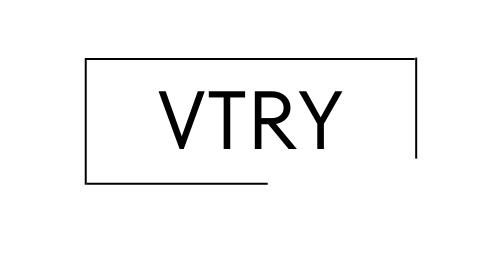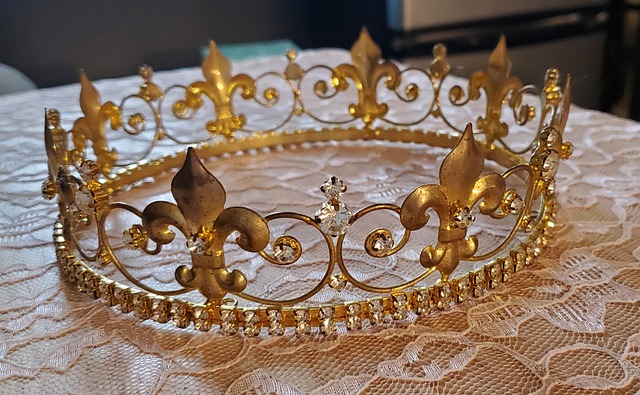The House of Fabergé, run by a renowned jeweler called Peter Carl Fabergé in St. Petersburg, Russia, crafted Imperial Fabergé Eggs exclusively for Russian Tsars Nicholas II and Alexander III. These eggs were offered as Easter gifts to their mothers and wives.
Compared to the Fabergé eggs made after that, the first Imperial Fabergé egg that started the family’s annual Easter tradition was almost plain.
The ‘Jeweled Hen Egg,’ which was 2.5 inches in height and included a white enamel outer shell and golden yellow yolk and gold hen, was created in 1885 for Tsar Alexander III to give to his spouse Empress Maria Fyodorovna.
These eggs became more ornate over time, incorporating precious metals, gemstones, and pearls. Fabergé made a total of 69 eggs, and 52 were explicitly made for Tsars Nicholas II and Alexander III.
Every Fabergé egg was unique and often included a surprise inside. Since these eggs were so valuable, the term Fabergé is often associated with wealth and exclusivity.
Authentic Fabergé eggs are now cherished as ornamental artistic masterpieces and as elements of the heritage and history associated with the Romanov Dynasty’s final days.
In this article, we will answer the question, “When was the last Fabergé egg made?” We’ll also discuss how many eggs still exist and how many are missing.
Are Fabergé Eggs Still Made?
Every year under the reign of Tsar Nicholas II, two eggs were created. One was for the Tsar’s mother and the other for his bride Alexandra Feodorovna. During Russia’s battle against Japan between 1904 and 1905, the Tsar did not order any Imperial eggs.
Fortunately, the orders for imperial eggs continued from 1906 until 1917, when Tsar Nicholas II was forced out of power. The history of the House of Fabergé was defined by many turning points throughout the next century.
After Peter Carl Fabergé left Russia, the Fabergé brand became a trademark for a variety of products during the next few decades.
Entrepreneurs revived the company in 2009 after Fabergé Limited finalized the purchase of Fabergé rights, trademarks, and licenses in 2007. It created a number of jewelry collections after that, but the production of a new Fabergé egg in 2015 piqued the interest of egg collectors the most.
The Fabergé Pearl Egg was the first bejeweled egg made in the Imperial style. Hussain Ibrahim Al-Fardan, an entrepreneur and pearl collector from Qatar, collaborated with the jewelry company to create the egg. This egg has a mother-of-pearl outer shell and is embellished with 139 pearls, 3305 diamonds, and a rare 12.17-carat gray pearl.
A second Imperial-style egg, called The Spirit of Ecstasy Egg, was created by Fabergé Limited in collaboration with Rolls-Royce in 2018. The interior contains a hand-sculpted statue of Rolls-renowned Royce’s mascot.
How Many Fabergé Eggs Still Exist?
There were 69 original Fabergé eggs made by Peter Carl Fabergé between 1885 and 1917. However, to date, only 61 have been recovered. Of these 61, only 57 have survived.
Moreover, there was a total of 52 Imperial eggs made for Tsars Nicholas II and Alexander III. Only 46 of these famous eggs can be accounted for.
The Bolsheviks seized the House of Fabergé after the Russian Revolution, and the Fabergé family escaped to Switzerland, where Peter Carl Fabergé eventually died in 1920.
Vladimir Lenin ordered the looting of the Romanov mansions, and he seized the family’s valuables and had them moved to the Kremlin Armory.
A few were damaged or lost during the transfer. Over the next two decades, the Russian economy struggled, and the country’s officials began selling the Fabergé eggs to customers outside of Russia to raise sufficient funds.
How Many Fabergé Eggs Are Still Missing?
Eight Fabergé eggs remain unaccounted for, while the Nécessaire egg created in 1889 was last seen in London in 1949. The Cherub with Chariot egg that Fabergé made in 1888 was reportedly shown in a department store in New York in 1934.
These eggs have likely been damaged or sold as ordinary eggs to people who did not know their worth. In the years to come, it is possible that people may find these masterpieces.
Here is a list of the most well-known missing Fabergé eggs:
- 1886 Hen with Sapphire Pendant
- 1888 Cherub with Chariot
- 1889 Nécessaire
- 1897 Mauve
- 1903 Royal Danish
- 1909 Alexander III Commemorative Egg
When Did Fabergé Stop Making Eggs?
Unfortunately, the House of Fabergé stopped making these exquisite eggs in 1917 after Tsar Nicholas II was forced to abdicate. Sadly, the political state at the time was unfavorable, and as a result, the company became state-owned, and Peter Carl Fabergé fled to Switzerland.
This put an end to the Easter egg tradition that the Tsars began in 1885.

What Was the Last Fabergé Egg That Was Created?
The last original Fabergé egg was known as The Constellation egg. It is one of the two Imperial eggs created by Peter Carl Fabergé in 1917 for Russia’s last Tsar, Nicholas II, as an Easter treat for his wife, Tsarina Alexandra Feodorovna.
It was the last real Fabergé egg that renowned jeweler Peter Carl Fabergé would ever design. Unfortunately, this Fabergé egg remains incomplete as a result of the 1917 Russian Revolution.
According to a 1917 document, the last Fabergé egg was constructed using blue glass and had a crystal base. The zodiac sign Leo was inscribed on the exterior surface of the glass.
Diamonds marked the constellations, and the egg incorporated a clock mechanism.
Before creating The Constellation egg, Peter Carl Fabergé completed the Karelian Birch egg. It was the last egg that the jeweler completed.
The egg is crafted from Karelian birch panels and is framed in gold. Preceding eggs were significantly more decorative and gilded, so this was a change in style. Changes in design were brought about by the Russian Imperial family and the House of Fabergé implementing spending cuts due to the first World War.
During the war, several Fabergé Imperial Easter eggs used unique and less expensive materials. The Karelian Birch egg, on the other hand, was the only one to be made using wood as a key material. A small mechanical elephant was included as its “surprise.”
How Much Did the Last Fabergé Egg Sell For?
The Constellation egg is on display in the Fersman Mineralogical Museum. While it is unclear how much the museum paid for this piece, it is likely worth millions of dollars.
Since the other eggs in the original Fabergé egg series were made with such impressive designs, using precious stones, gold, and pearls, they have always held their value.
The most expensive Fabergé egg, the Third Imperial Easter Egg, sold for a whopping $33 million!
Hoping to Take Home a Fabergé Egg Without the Hefty Price Tag?
If you’d like to show your appreciation for these priceless pieces but don’t have millions of dollars to spend, you can purchase a replica to adorn your living room. Fabergé eggs make excellent gifts, particularly for people who have an appreciated for Russian history. At Trinket Gems, we are dedicated to creating quality replicas that offer the same splendor and grandeur as the original Fabergé eggs. Get in touch with us today to find out more about our egg replicas!
My name is Sasha, I’m a father of two. Work in the tech industry. For fun I am running a small business in addition to that, sometimes I write and edit content regarding topics that interest me like: entertainment, tech, finance and art.


Leave a Reply
You must be logged in to post a comment.